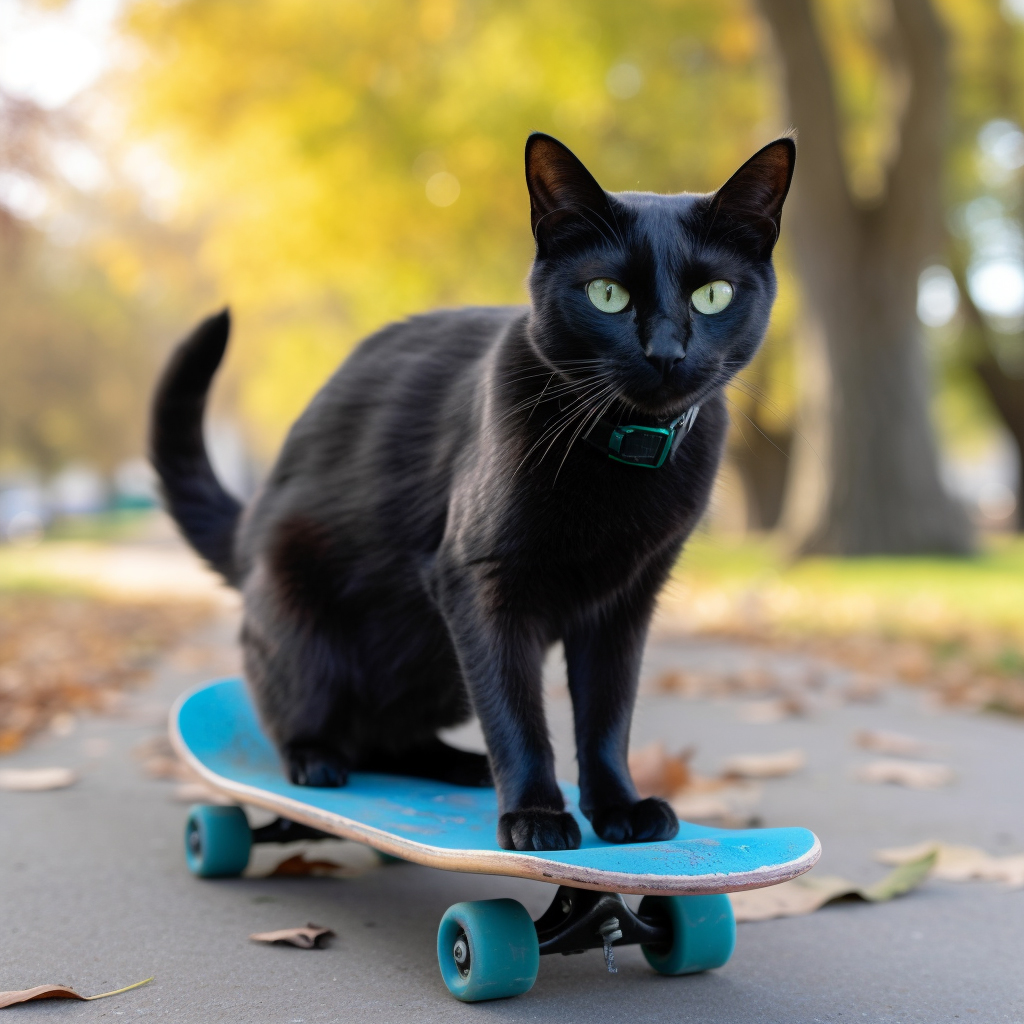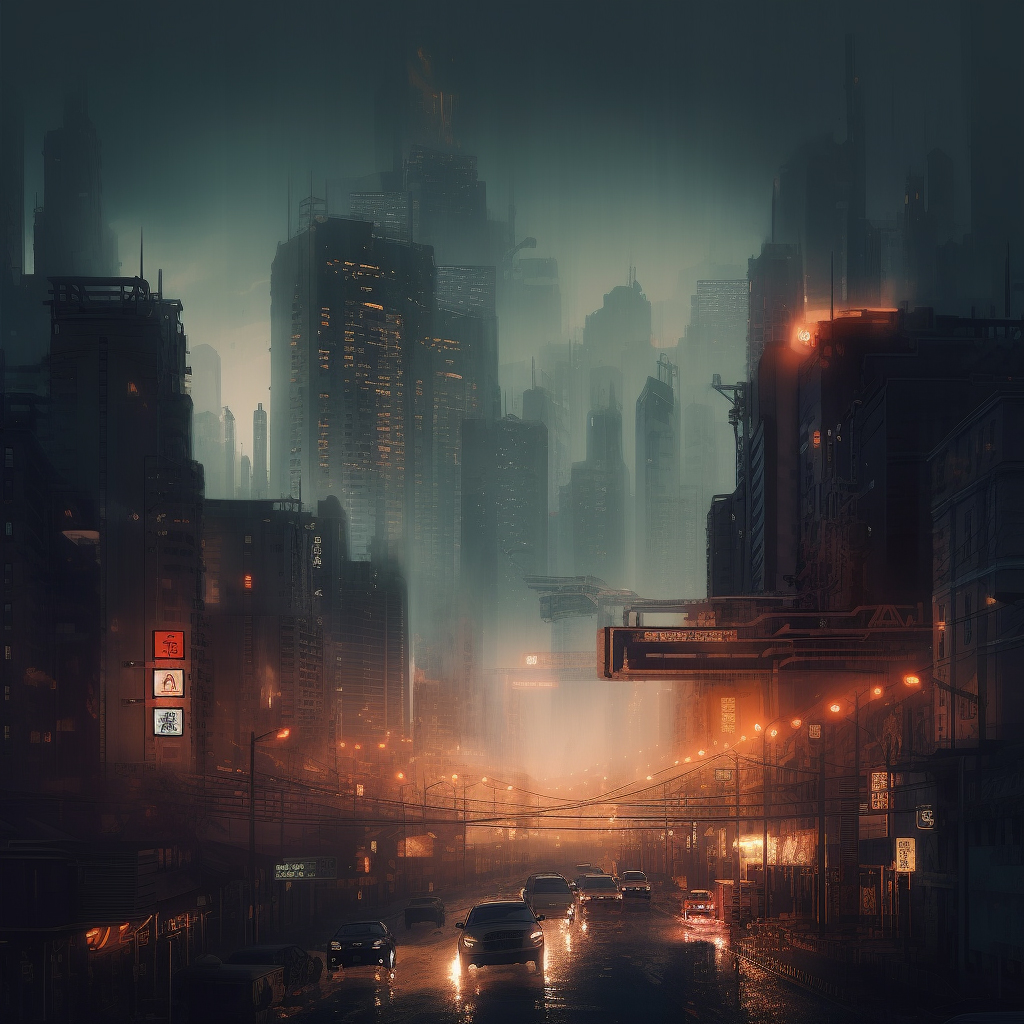The Art of Prompt Generation for AI Image Creation

Artificial Intelligence (AI) has come a long way in recent years, revolutionizing various fields, including image creation.
One of the most significant advancements in this domain is the ability of AI to generate images from text prompts.
This breakthrough has opened up new doors for artists, designers, and content creators alike, offering them a powerful tool to bring their ideas to life with minimal effort.
In this blog, we will explore the art of prompt generation for AI image creation, focusing on how to craft effective prompts and the potential applications of this exciting technology.
Crafting the Perfect Prompt
- Be specific and concise:
To generate a relevant and accurate image, providing a clear and concise prompt is crucial.
The more specific the description, the better the AI will understand your vision and create the desired image.
For example, instead of saying “a cat on a skateboard,” use “a black cat with green eyes riding a blue skateboard in a park.”
- Use adjectives and adverbs wisely:
Adjectives and adverbs help provide additional context and details to your prompt.
However, too many can overwhelm the AI, leading to undesired results. Striking the right balance is key.
Choose words that precisely describe the visual elements you want to incorporate, such as size, colour, and position.
- Experiment with different phrasings:
AI image generation is not an exact science, and sometimes the output may not match your expectations.
If you’re not satisfied with the result, try rephrasing your prompt.
Changing the order of words, using synonyms, or tweaking your description can lead to different interpretations and, subsequently, different images.
- Take advantage of existing knowledge:
AI image generation models, like GPT-4, have been trained on vast amounts of data and can recognize a wide variety of concepts.
Leverage this knowledge by incorporating well-known figures, landmarks, or ideas into your prompts.
For example, if you want an image of a futuristic city, you could say “a city skyline inspired by Blade Runner.”

Applications of AI Image Generation
- Art and design:
AI-generated images can serve as a starting point for artists and designers, offering them a quick way to visualize their ideas before fine-tuning them manually.
This technology can also be used to create unique and captivating artworks by merging different styles, themes, or elements.
- Advertising and marketing:
Brands can use AI-generated images to create visually appealing advertisements and promotional materials.
These images can be tailored to specific target audiences, incorporating elements that resonate with their preferences and values.
- Storytelling and content creation:
Writers and content creators can use AI-generated images to enhance their storytelling, providing vivid visuals to accompany their narratives.
Additionally, AI can help generate novel ideas, themes, or characters by combining unrelated concepts or drawing inspiration from various sources.
- Gaming and virtual worlds:
AI-generated images can be used to create immersive environments, characters, and objects for video games and virtual worlds.
This technology can help game developers quickly prototype and iterate on their designs, significantly reducing the time and resources required for the creative process.
- Education and training:
AI-generated images can be employed in educational and training materials, such as textbooks, presentations, or simulations.
These visuals can help convey complex ideas and information more effectively, making learning more engaging and accessible.
Conclusion
Prompt generation for AI image creation has immense potential across various industries and applications.
Crafting effective prompts is an art in itself, requiring a balance of specificity, creativity, and a deep understanding of the AI’s capabilities.
As we continue to refine and expand AI image generation technologies, the possibilities for harnessing this powerful tool will only grow, offering unprecedented opportunities for innovation and expression.

